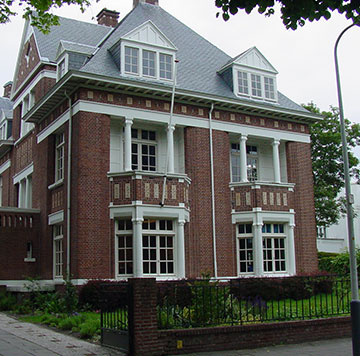RFTU-03 - Rapid fire session from selected oral abstracts
Investigating The Research Behaviours Of Hospital Pharmacy Staff: Capabilities, Opportunities And Motivations Underpinning Engagement
- By: HUSSAINY, Safeera (Peter Maccallum Cancer Centre, Australia)
- Co-author(s): Prof Safeera Hussainy (Pharmacy Department, Peter MacCallum Cancer Centre, Melbourne, Australia)
Ms Jennifer R Rogers (Pharmacy Department, Peter MacCallum Cancer Centre, Melbourne, Australia)
Ms Nabila Aliye (Pharmacy Department, Peter MacCallum Cancer Centre, Melbourne, Australia)
Dr Jacinta Johnson (UniSA Clinical and Health Sciences, University of South Australia, Adelaide, Australia)
Ms Lorah Hickman (SA Pharmacy, SA Health, Adelaide, Australia)
Dr Simone E Taylor (Department of Pharmacy, Austin Health, Melbourne, Australia)
A/Prof Rohan Elliott (Department of Pharmacy, Austin Health, Melbourne, Australia)
Ms Sanja Mirkov (Pharmacy Department, Cairns and Hinterland Hospital and Health Service, Cairns, Australia)
Mr David Ford (Pharmacy Department, Northeast Health Wangaratta, Wangaratta, Australia)
Dr Jonathan Penm (School of Pharmacy, Faculty of Medicine and Health, The University of Sydney, Sydney, Australia)
Dr, Amy Page, Pharmacy (Pharmacy, School of Allied Health, The University of Western Australia, Perth, Australia)
Prof Kirstie Galbraith (Experiential Development and Graduate Education, Faculty of Pharmacy and Pharmaceutical Sciences, Monash University, Melbourne, Australia)
Prof Lisa Pont (Discipline of Pharmacy, Graduate School of Health, University of Technology Sydney , Sydney, Australia) - Abstract:
Background information: The International Pharmaceutical Federation’s Basel Statement 13 recognises that research into new methods and systems is an integral component of evidence-based clinical practice in hospital pharmacy. However, barriers to research engagement and conduct exist amongst hospital pharmacists and are unknown amongst hospital pharmacy technicians.
Purpose: To investigate the reasons underpinning the research behaviours of hospital pharmacy staff across Australia, with the view to developing behaviour change interventions to increase research capacity in the workforce.
Method: Purposive and convenience sampling was undertaken to identify five hospital sites (three metropolitan, one regional and one large rural according to the Modified Monash Model), and participants. Each hospital site lead was responsible for championing recruitment of at least five participants for a 30-45 minutes semi-structured qualitative interview. The interview guide was developed using the COM-B model for behaviour change that cites capability (C), opportunity (O) and motivation (M) as key factors capable of changing behaviour (B). Following e-consent via REDCap, virtual interviews were conducted (J.R.), audio recorded and transcribed using Otter.ai., and video recorded in Microsoft Teams. Reflexive thematic analysis was used to conduct a preliminary analysis of the first 10 consented interviews (S.H.), which involved reading transcripts, annotating them in NVivo, watching video recordings to observe and interpret body language for further nuance and meaning, and grouping notes into common topics that produced semantic (descriptive) and latent (deeper meaning) codes.
Results: Thirteen codes have so far been identified in the interview data from six pharmacists and four technicians, majority working full time and in early to mid-career positions. The codes were assembled into initial candidate themes. In order of most common to least, they are: protected time; interest in research and collaboration (equally cited); knowledge and training; impact on quadruple health aims; leadership; value of improvement work; research success and technician scope of practice (equally cited); funding; pharmacists’ changing roles and physical space (equally cited); and recognition. Collaboration and technician scope of practice were discussed more by technicians, compared to quadruple health aims and leadership by pharmacists. The themes appear equally aligned to the three factors of the COM-B model, with some cutting across all three factors, such as collaboration and leadership. To address these, participants suggested several locally appropriate interventions for implementation, the majority of which fall under interest in research, protected time, leadership and technician scope of practice.
Conclusion: The COM-B model of behaviour change uncovered key factors related to capabilities, opportunities and motivation that underpin research behaviours in hospital pharmacy staff. These will be validated and finalised on analysis of the remaining 16 consented interviews. A draft set of interventions will be developed and distributed via survey to participants to determine feasibility and acceptability. The final set will form a list of national recommendations to increase the research capacity of the hospital pharmacy workforce.
Key words: research behaviours, hospital pharmacy, capabilities, opportunities, motivation, behaviour change, interventions

